The remaster of plaster
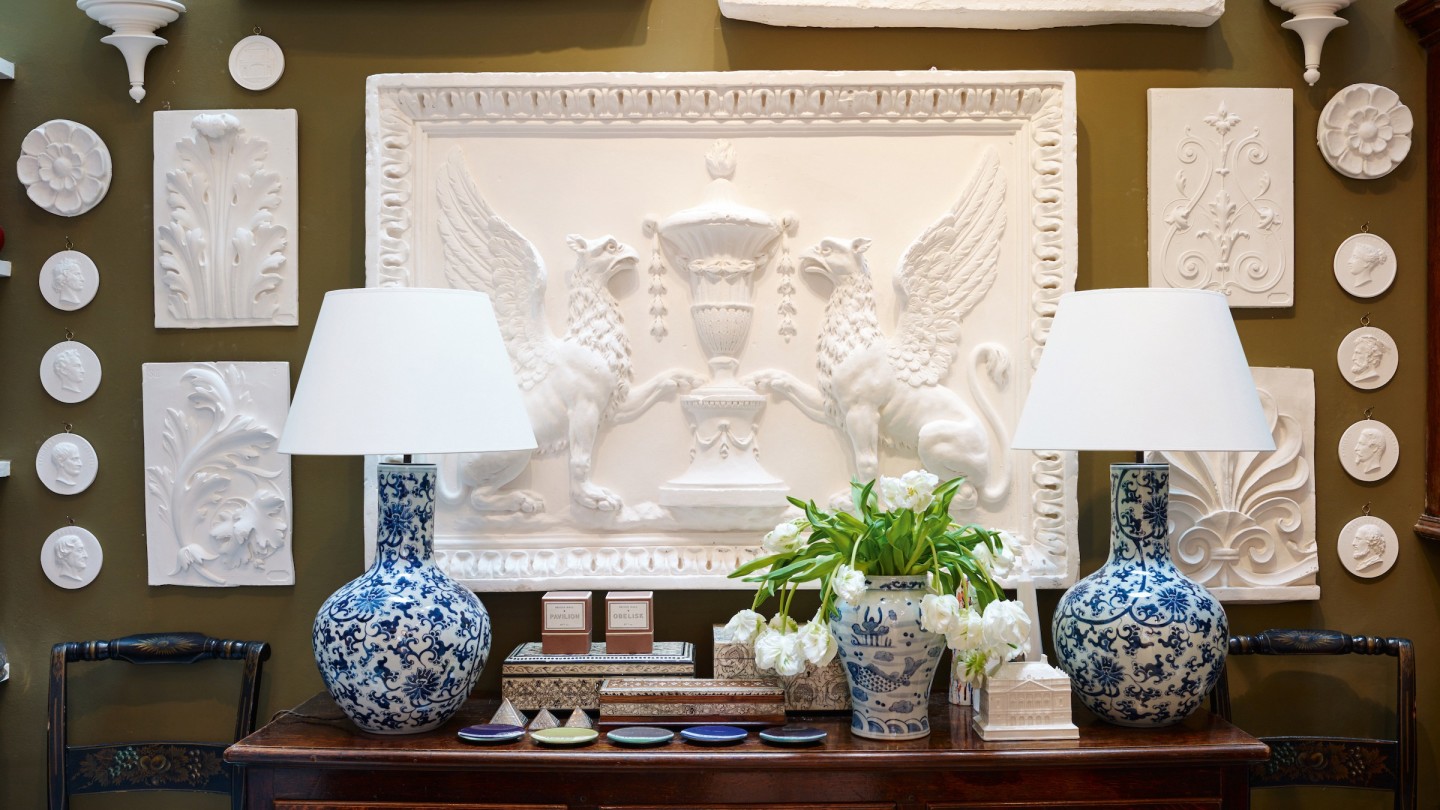
Roula Khalaf, Editor of the FT, selects her favourite stories in this weekly newsletter.
How do you create a solid object that is both large and light? For London-based artist and designer Alexandra Robinson, the answer is plaster. “Our first piece – a ceiling light – can pack a punch but only weighs a couple of kilos,” she says. “Plaster was the medium because of its practicality, but its malleability and texture became what the pieces are really about.”
For Robinson’s collection of Wobble lights, which reflect her clean, sculptural aesthetic, layers of plaster are applied with a palette knife to make an impasto-like surface. Their wide, white forms create a striking juxtaposition with the tones of the iroko wood base on the Wobble table lamp, which launched last year.
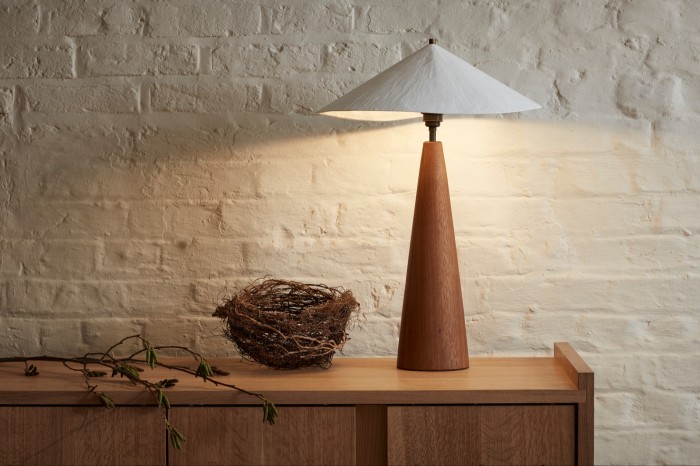
Plaster, known to have been used in ancient Egypt, is prized for its versatility. It can serve as wall coverings and decorative mouldings but also as a medium of artistic expression, blurring the line between function and art. While some makers sculpt modernist shapes, others hark back with classically inspired designs. Peter Hone, the antiques collector, artist and celebrated plaster caster, recreates plaques of historical figures from Beethoven and Giuseppe Garibaldi to Abraham Lincoln and Queen Victoria. The elegant medallions, which are cast in creamy plaster of Paris and sold through Pentreath & Hall, were originally attributed to François Lepage, who made circular plaques showing royalty or statesmen in the mid-19th century.
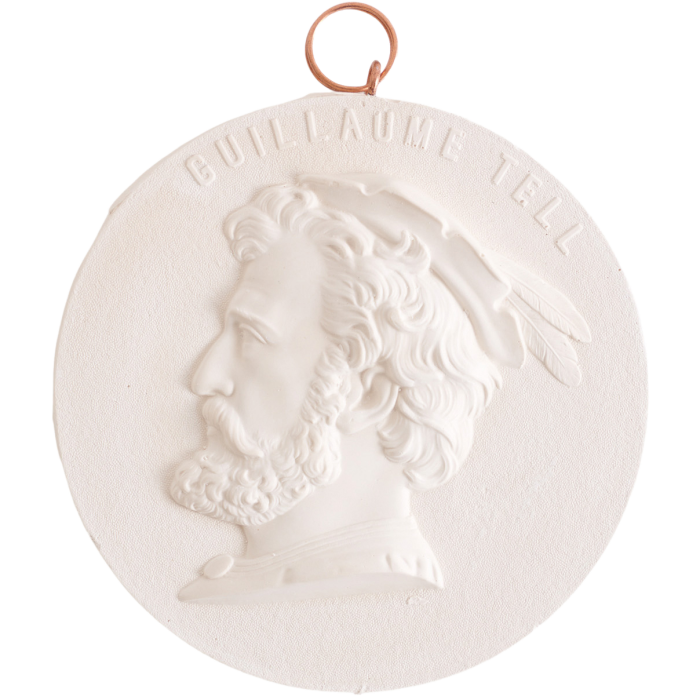
Peter Hone Guillaume Tell plaque, £38, pentreath-hall.com
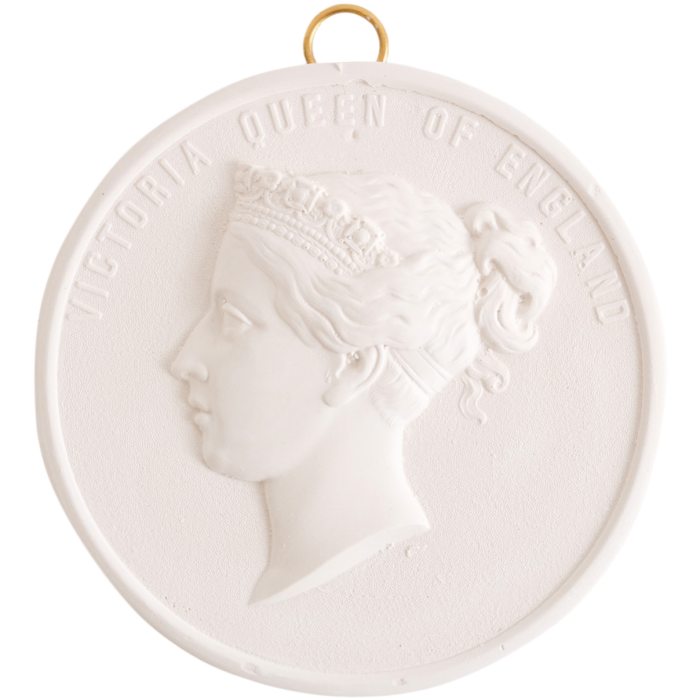
Peter Hone Queen Victoria plaque, £38, pentreath-hall.com
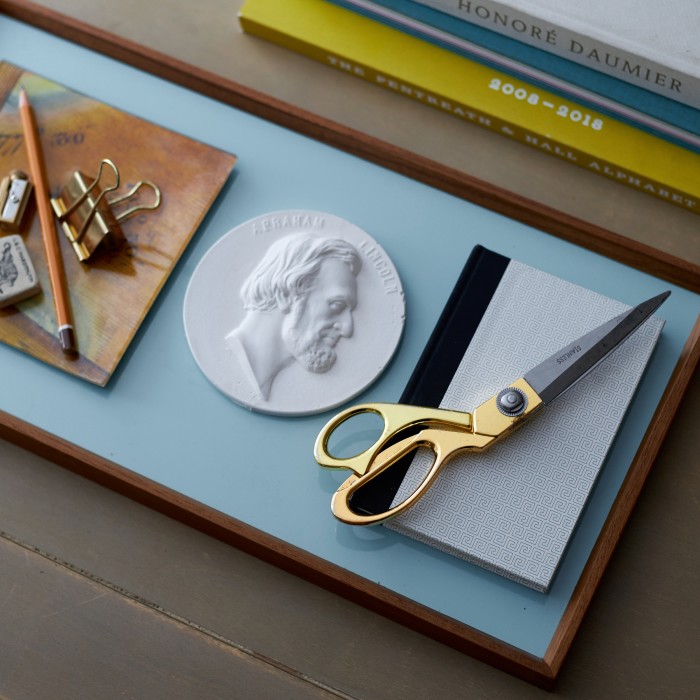
Often used for ornamental detail, plaster is also compatible with curves. A soft, undulating outline defines Home Barn’s textured conch shell elevated on a plinth, while the Le Sirenuse mirror from Sydney-based design studio Lucy Montgomery resembles the terrace details of the Positano hotel.
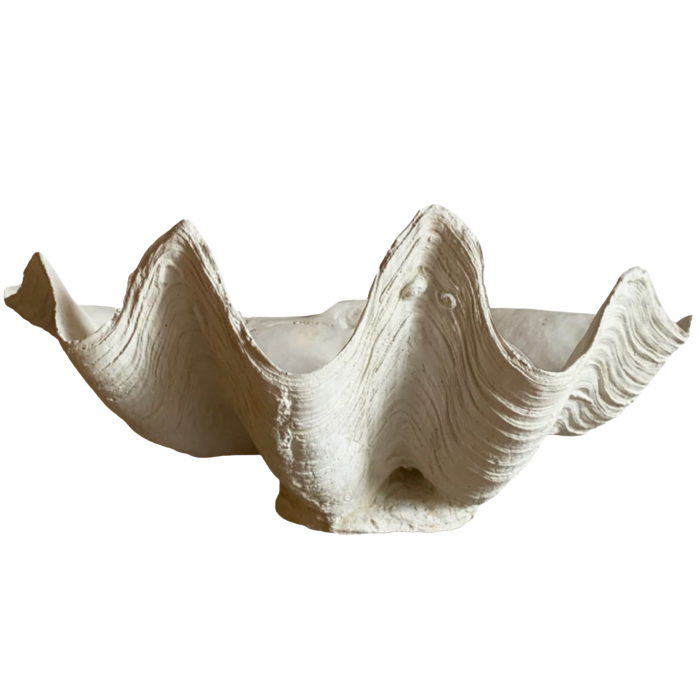
Homebarn medium conch-shell vase, £110
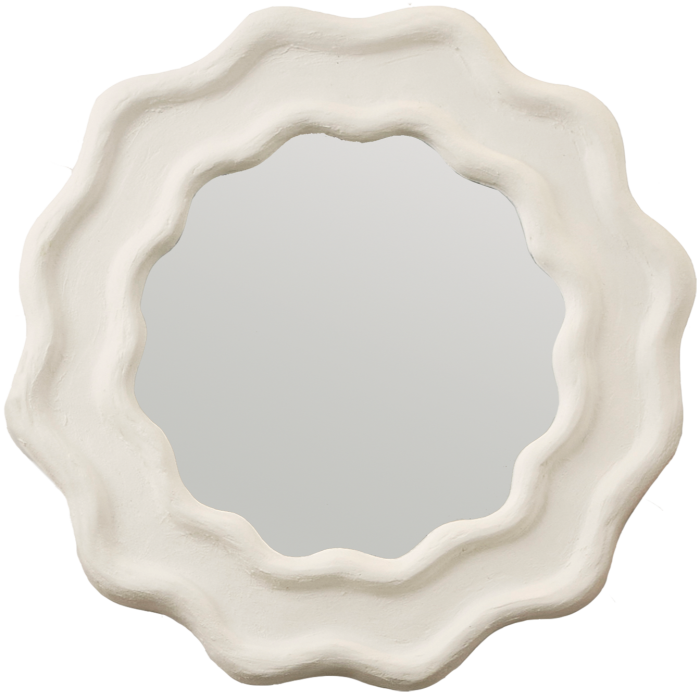
Lucy Montgomery Le Sirenuse mirror, from $1,750
Khayni’s contemporary collection of furniture is also characterised by its smooth, curvaceous silhouettes. The Jacqui console table features carved cut-out details finished in natural or ivory, while the black Boyd coffee table has a statement round pedestal. South African-born co-founder Tarryn Ginsberg says plaster is ideal for creating statement pieces that have a subtle and complex beauty. “The simplicity of the material adds an earthy element to a room, providing balance to a space,” she says.
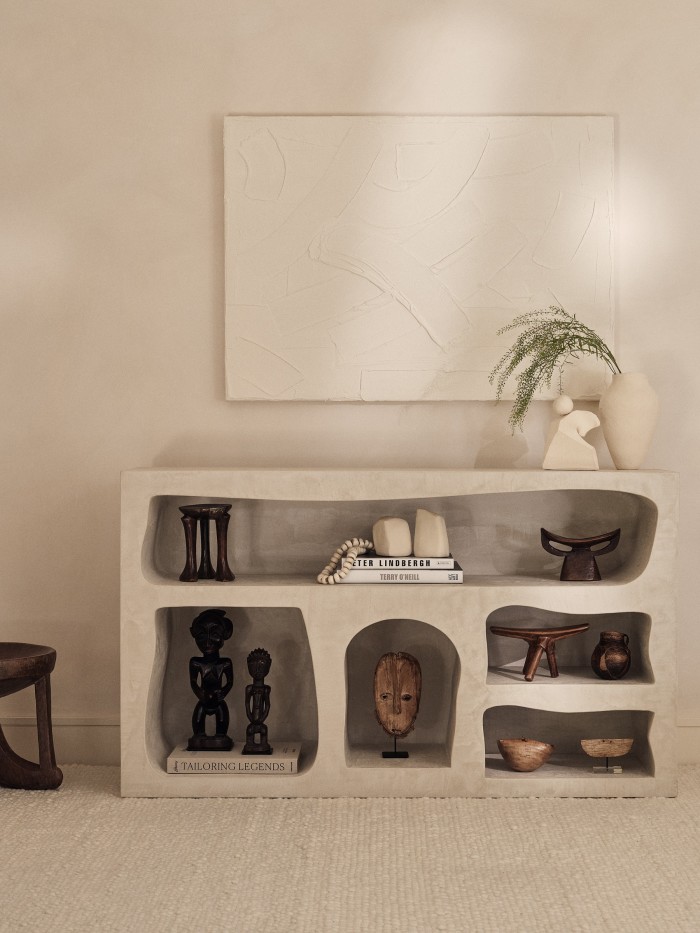
Multidisciplinary artist and designer Gareth Devonald Smith also brings an organic element to his latest collection with nature-inspired pieces designed for Porta Romana. His Oyster wall light was first imagined after a trip to Whitstable in Kent, where the beach was scattered with shells, and his Marina tables with glass tops are reminiscent of the sea. Devonald Smith, who prefers to work by hand, first makes a model out of clay, which is slicked over with plaster of Paris and finally cast.
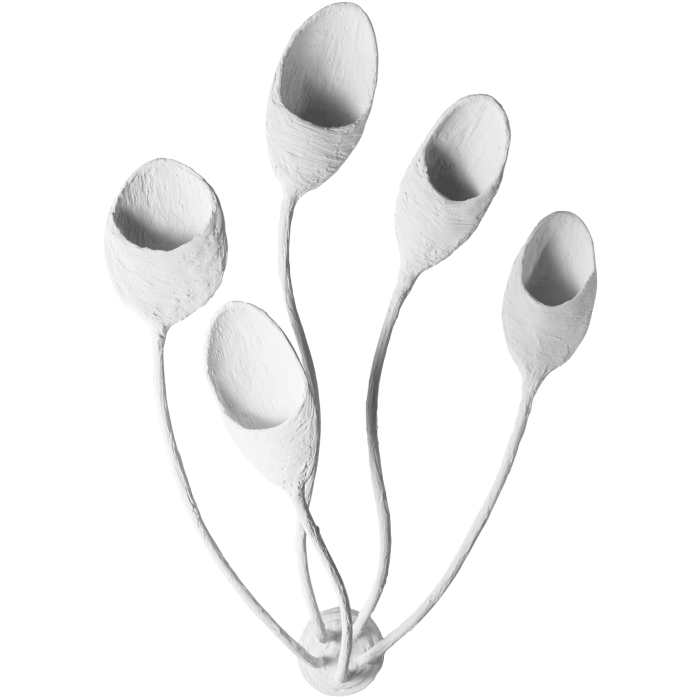
Gareth Devonald Smith Oyster wall light, £1,482
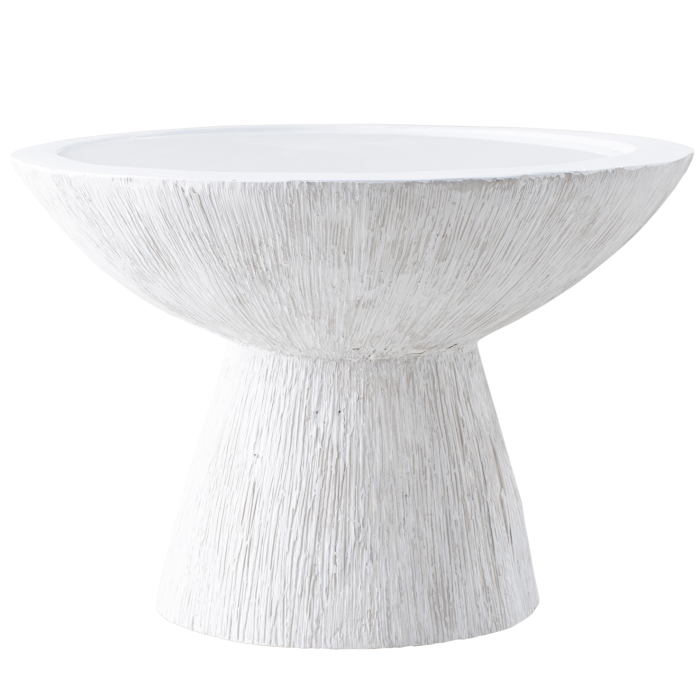
Gareth Devonald Smith Marina table, from £2,712
He became familiar with plaster via his father, Tom Smith, a Hollywood make-up and special effects artist who worked on the Indiana Jones films, and fell in love with its immediacy and colour. Another part of its appeal is that you can afford to mess up. “Giacometti, Picasso and all of the great masters worked with plaster and their pieces are worth a fortune, but it’s actually a very cost-effective material,” he says. Although it’s inexpensive and ubiquitous, the diverse forms it can create are anything but.
Comments